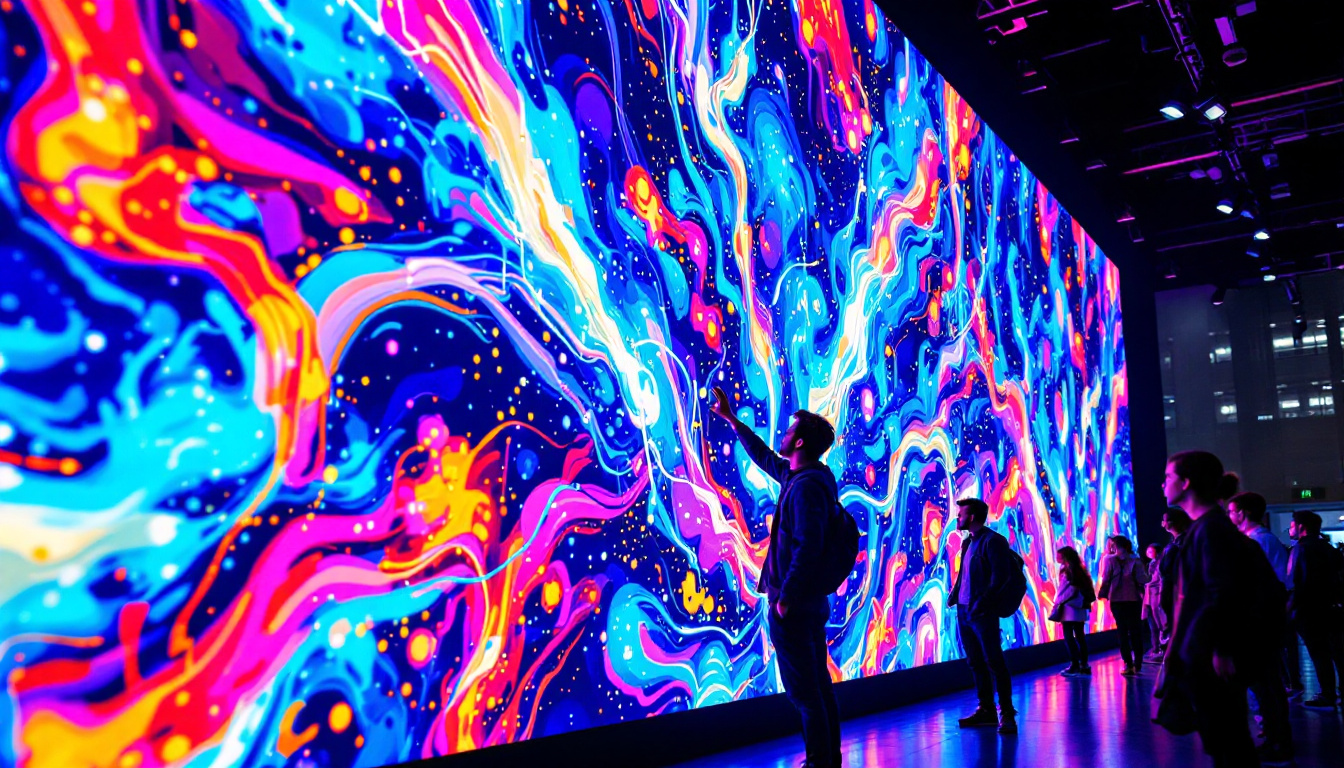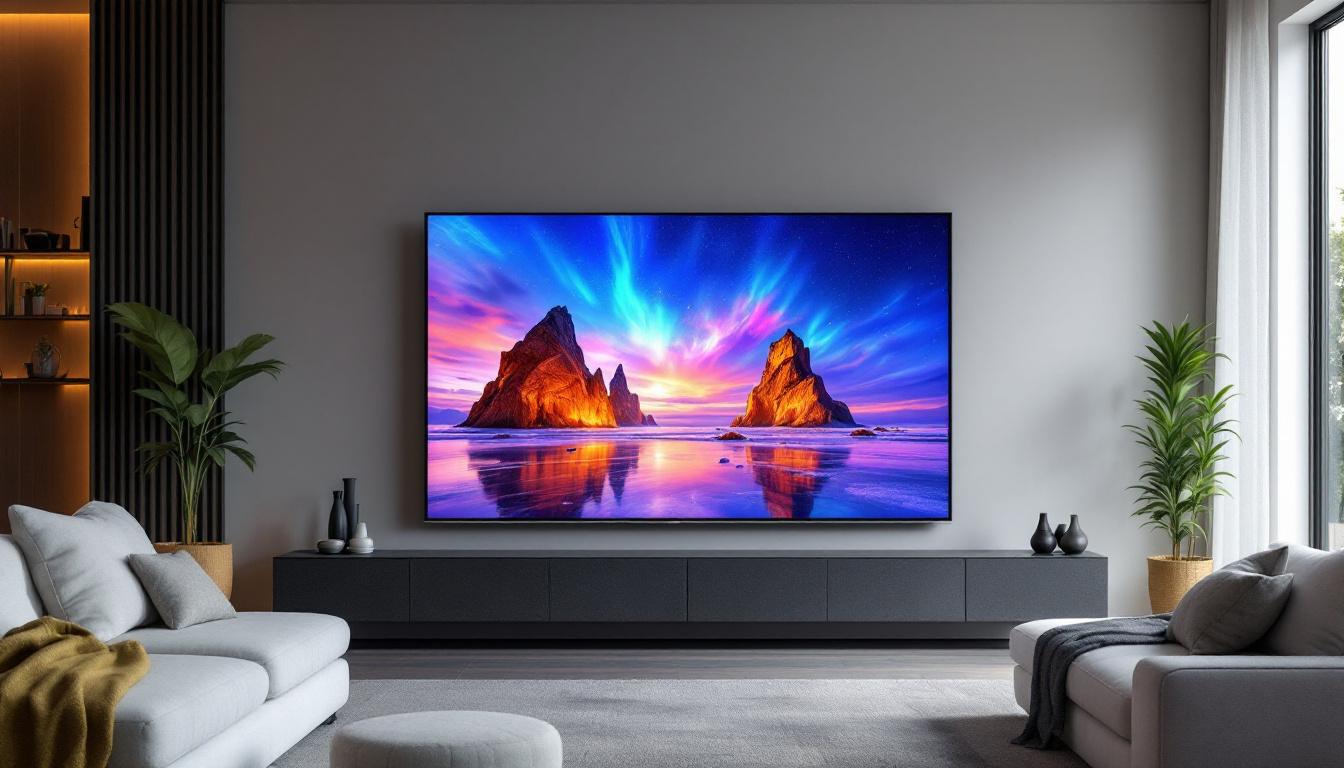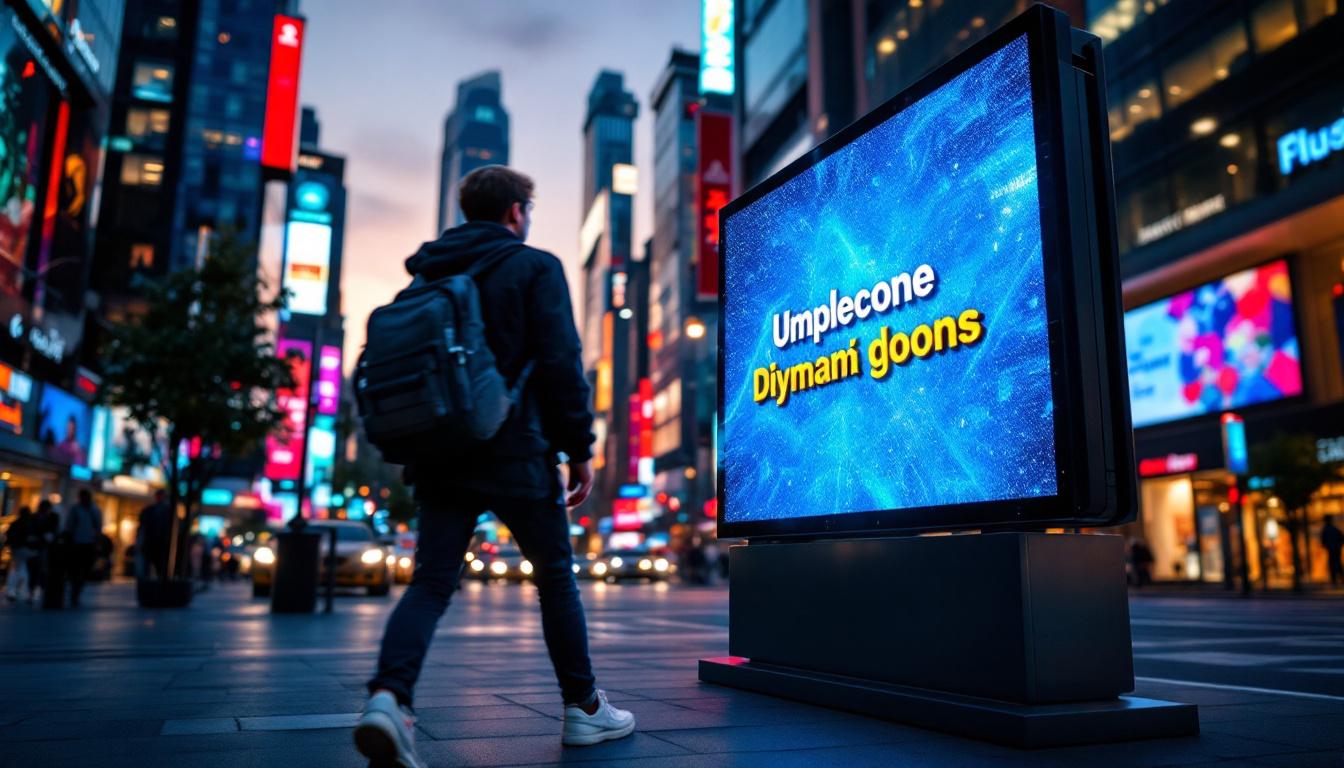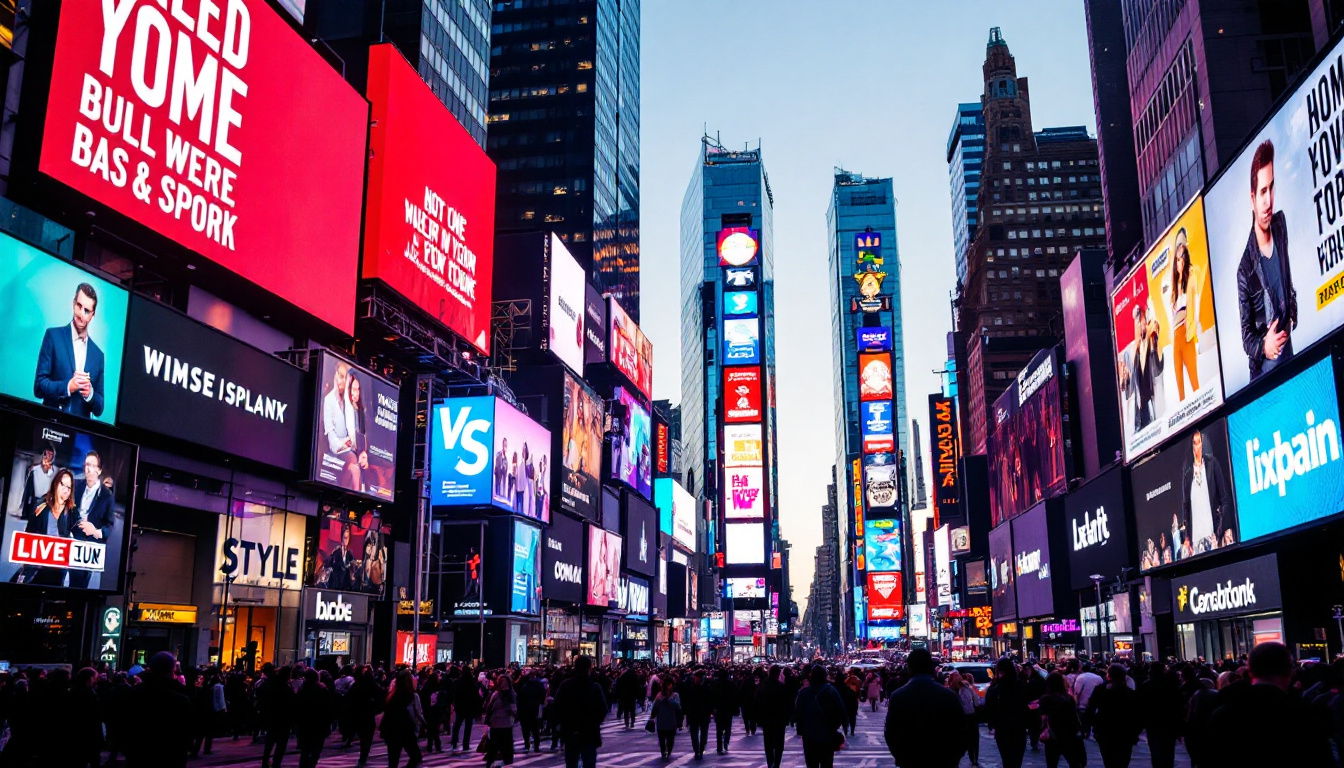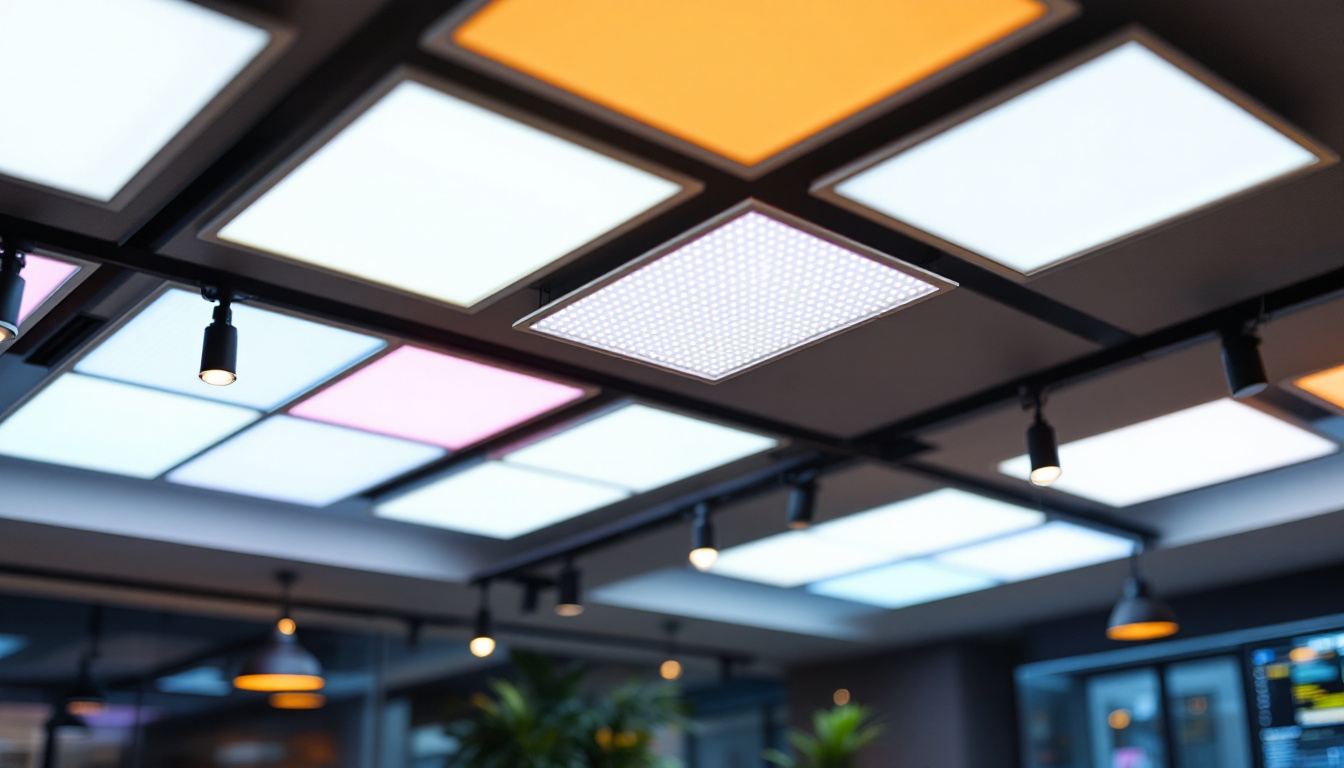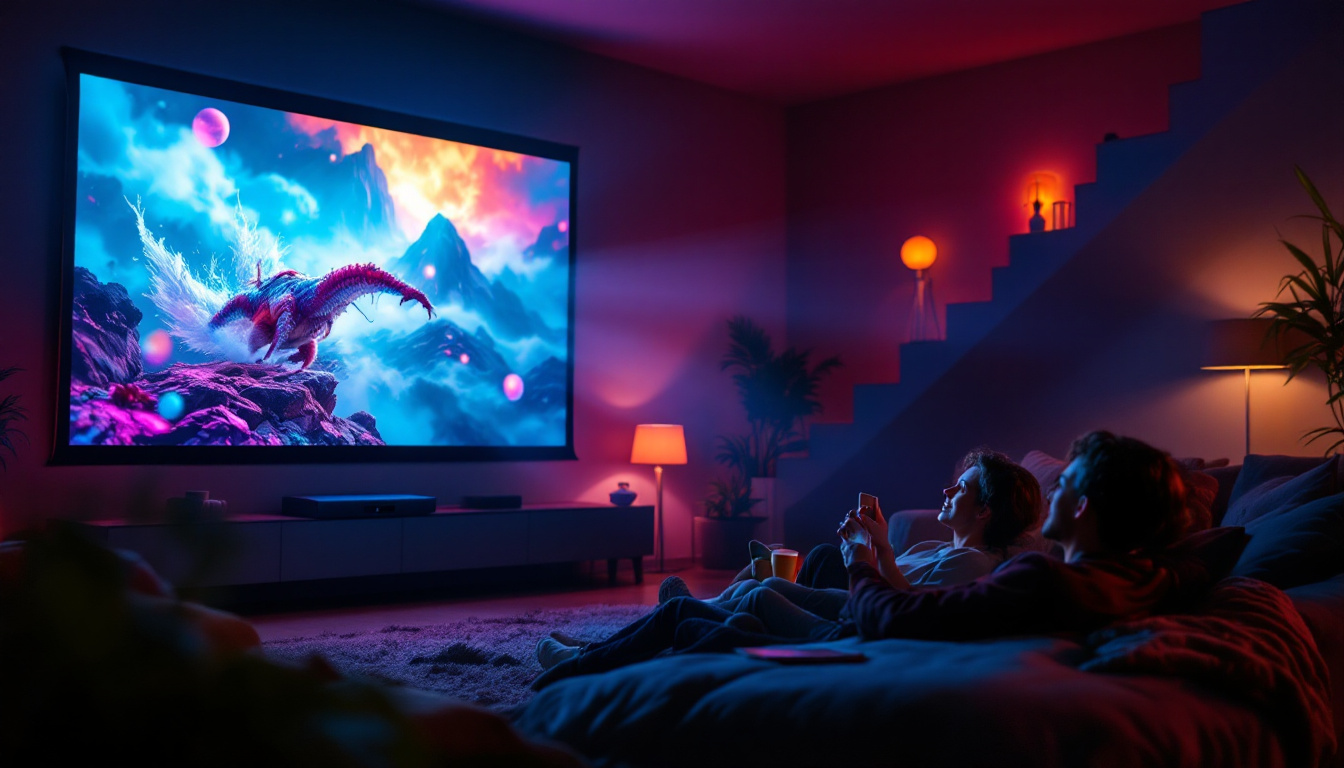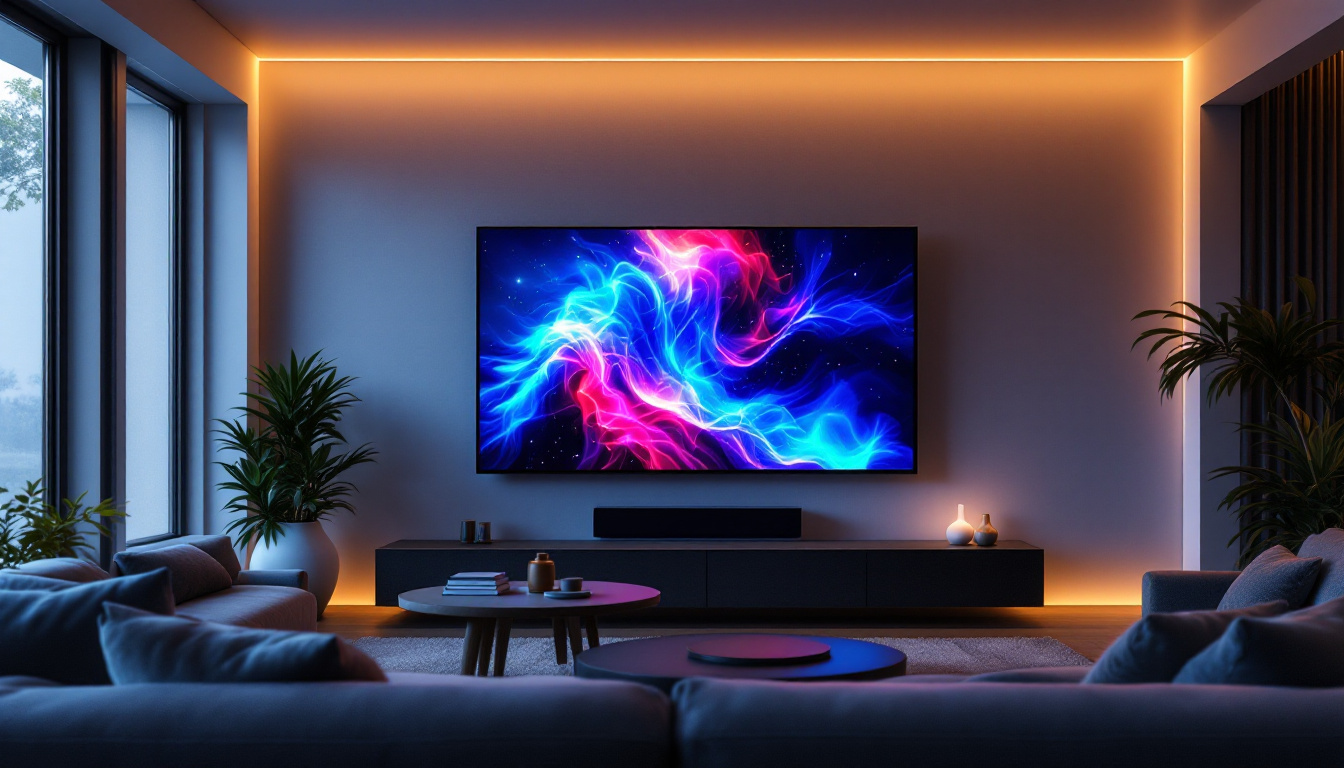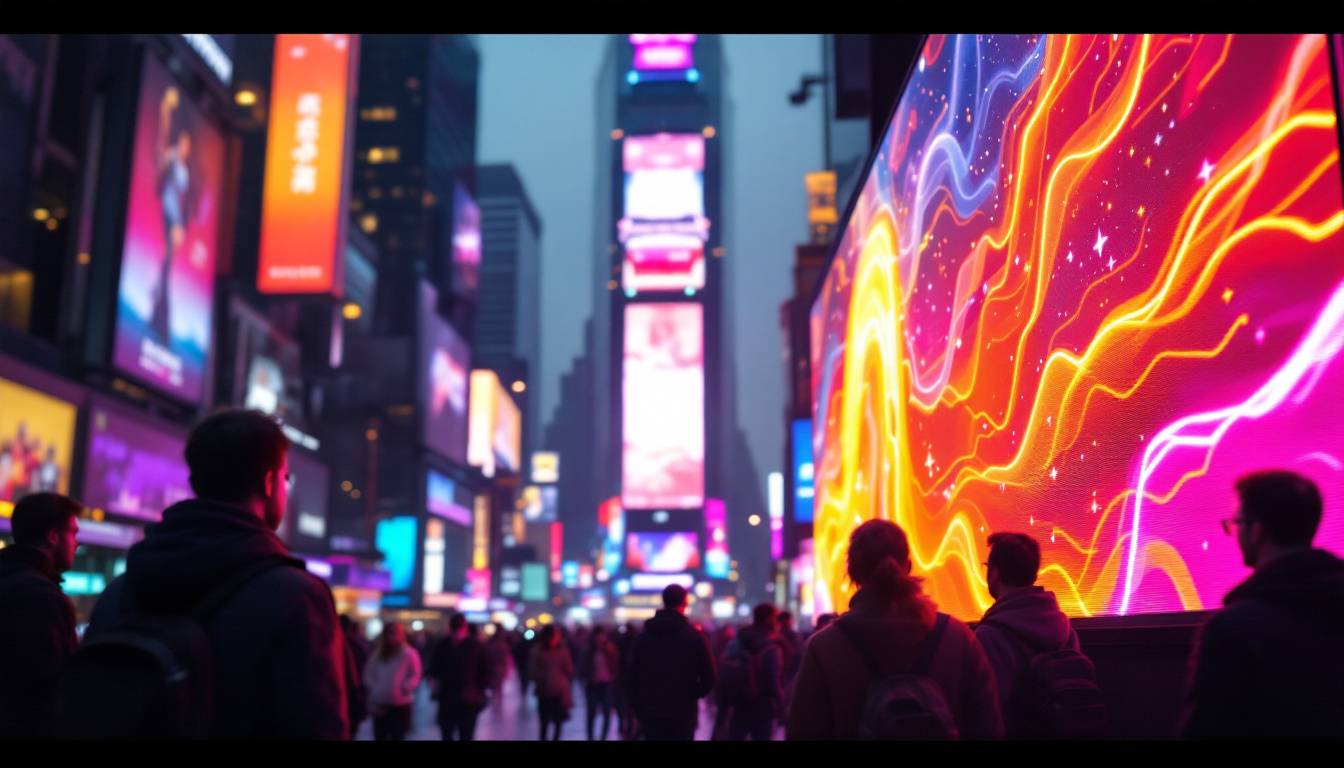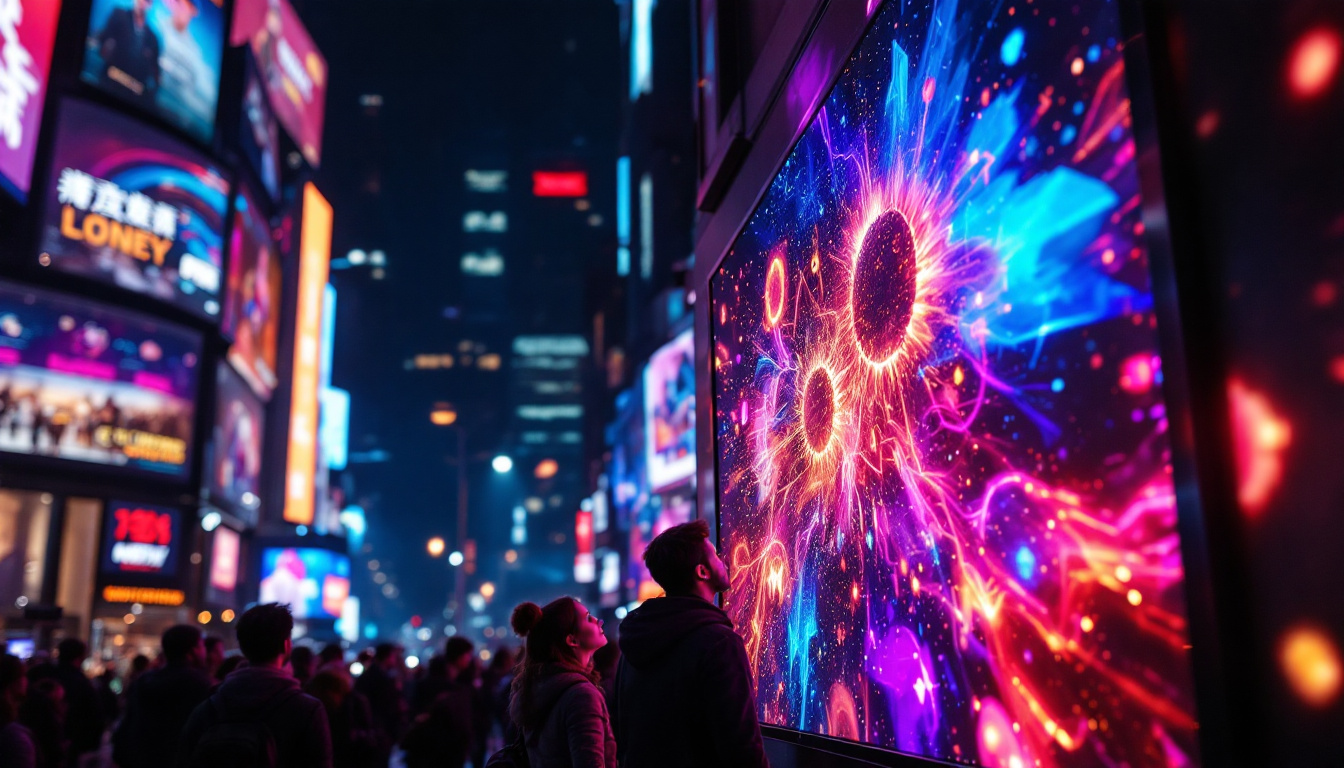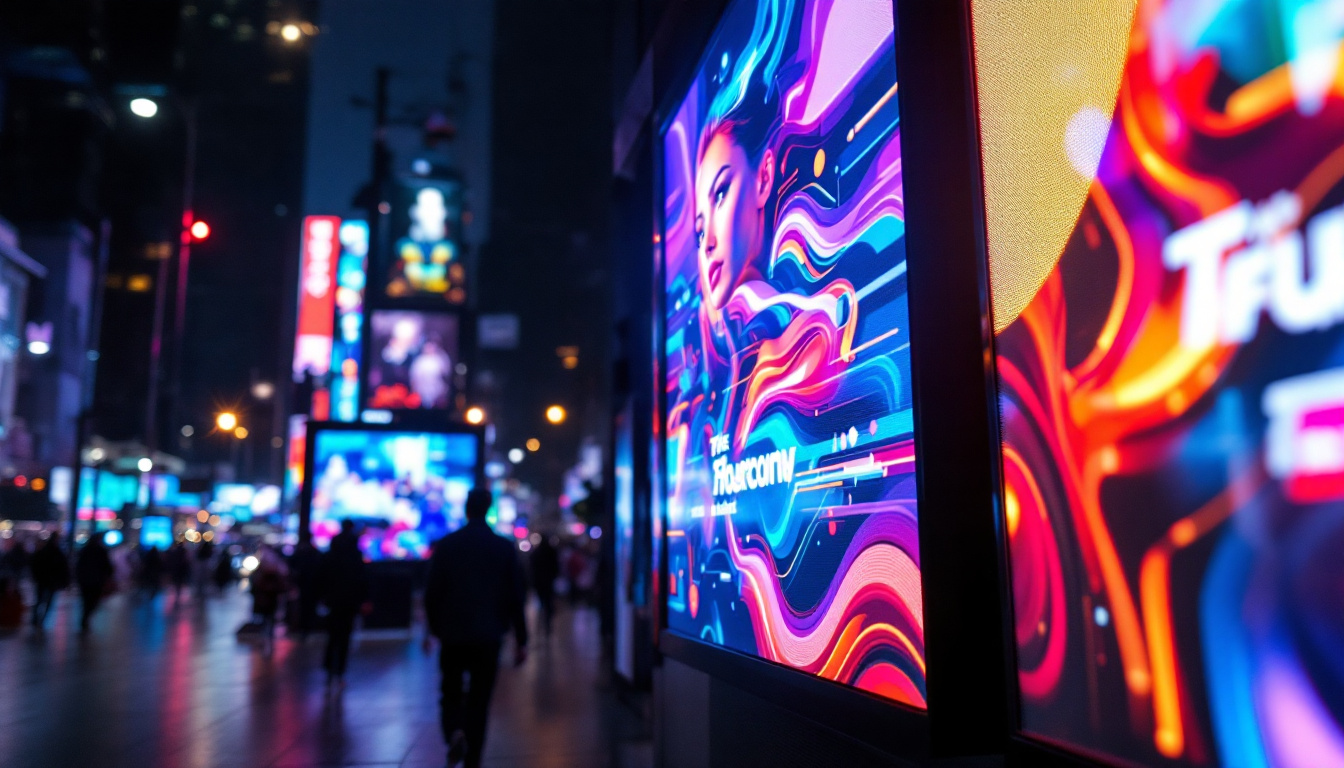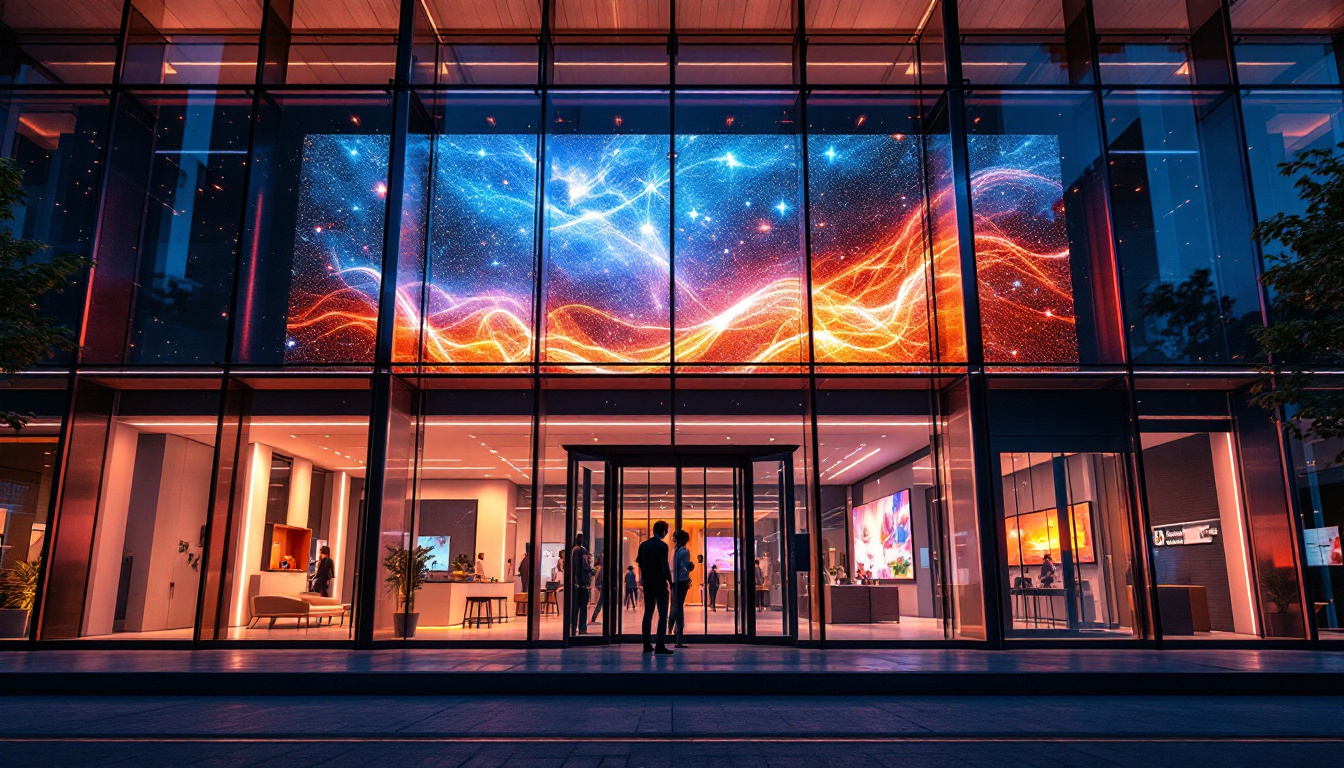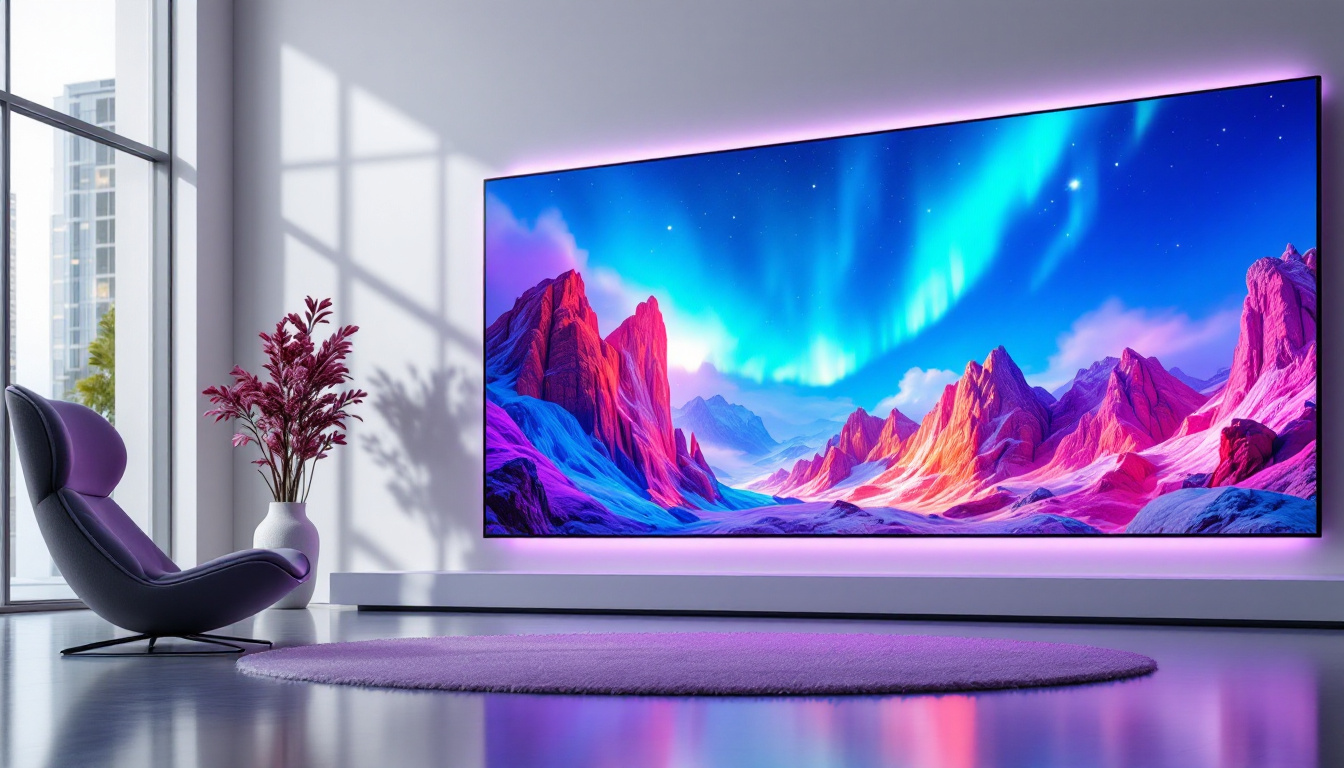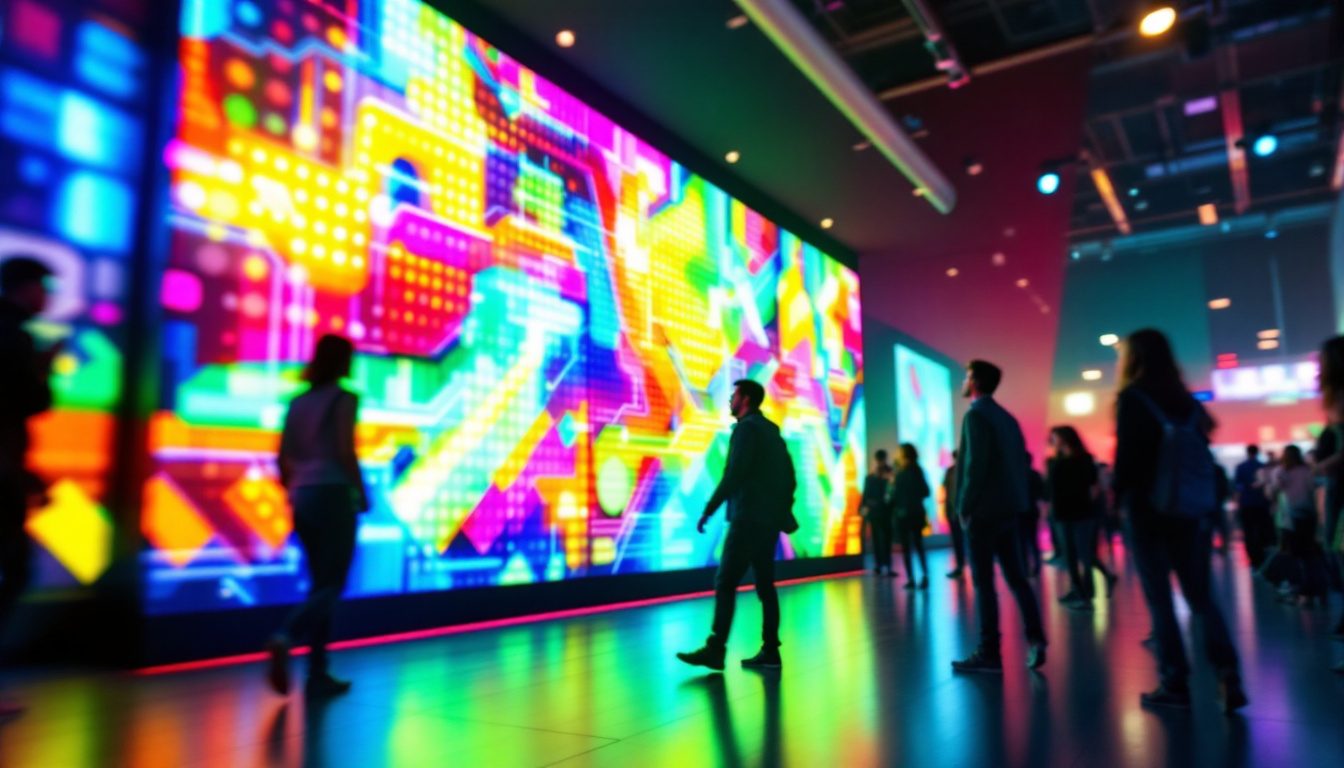Las Vegas is renowned for its dazzling lights and cutting-edge technology, but one of the most impressive feats of modern display technology is the massive LED dome that has become a landmark in the city’s entertainment landscape. This article delves into the intricate world of the Big Dome in Vegas, exploring the technology behind its LED display, its design and construction, and the impact it has on visitors and the industry alike.
The Evolution of LED Technology in Large-Scale Displays
LED (Light Emitting Diode) technology has revolutionized the way large-scale displays are designed and implemented. From simple indicator lights to enormous digital canvases, LEDs have become the backbone of modern visual communication.
Historically, large displays were dominated by cathode ray tube (CRT) and projection technologies, which were bulky, energy-intensive, and limited in brightness and resolution. The advent of high-brightness LEDs allowed for more vibrant, energy-efficient, and durable displays that could be scaled to unprecedented sizes.
In the context of the Big Dome in Vegas, the LED display represents the cutting edge of this evolution. It combines ultra-high resolution panels with advanced control systems to create a seamless, immersive visual experience that can be seen clearly from miles away, even under the intense desert sun.
Key Advantages of LED Displays Over Traditional Technologies
LED displays offer several critical advantages that make them ideal for large-scale installations like the Vegas dome:
- Brightness and Visibility: LEDs provide exceptional brightness levels, often exceeding 5,000 nits, enabling clear visibility in direct sunlight.
- Energy Efficiency: Compared to older display technologies, LEDs consume significantly less power, reducing operational costs and environmental impact.
- Durability: LEDs are robust and can withstand harsh environmental conditions, including extreme heat, dust, and moisture—common challenges in the Las Vegas climate.
- Color Accuracy and Contrast: Modern LED panels deliver vibrant colors with high contrast ratios, enhancing the visual impact of content displayed.
- Scalability and Flexibility: Modular LED panels can be arranged in various shapes and sizes, including curved and spherical surfaces, enabling creative architectural integration.
Moreover, the rapid advancements in LED technology have led to the development of smart displays that incorporate interactive features. These displays can respond to viewer engagement, allowing for dynamic content that changes based on audience interaction. This capability is particularly beneficial in entertainment venues, where audience participation can enhance the overall experience. For instance, the Big Dome can host live events where the visuals adapt in real-time to the music or performance, creating a truly immersive environment.
Another significant aspect of LED technology is its role in sustainability. As cities and venues strive to reduce their carbon footprints, the energy-efficient nature of LED displays plays a crucial role. With their long lifespan and lower energy consumption, these displays not only save money but also contribute to a greener planet. Innovations in recycling old LEDs and using eco-friendly materials in their production further enhance their appeal, making them a responsible choice for modern urban landscapes.
Design and Engineering of the Big Dome LED Display
The Big Dome in Vegas is not just a display; it is an architectural marvel that integrates technology and design to create a unique visual attraction. Designing an LED display of this scale involves overcoming numerous technical and logistical challenges.
Structural Considerations
The dome’s structure must support thousands of LED panels while maintaining safety and aesthetic appeal. Engineers use lightweight but strong materials such as aluminum alloys and reinforced steel to build the framework. This ensures the dome can withstand wind loads, seismic activity, and the weight of the LED modules without compromising stability.
Additionally, the dome’s curvature requires precise calibration of each LED panel to ensure uniform image quality. Unlike flat displays, spherical surfaces introduce challenges in pixel alignment and brightness consistency, which are addressed through advanced mapping software and custom hardware. The engineering team also conducts extensive simulations to predict how the structure will respond to environmental stresses, ensuring that every aspect of the design is optimized for durability and performance.
Resolution and Pixel Pitch
Resolution is a critical factor in the dome’s visual performance. The Big Dome uses LED panels with a pixel pitch as fine as 3mm, meaning the distance between individual LEDs is only 3 millimeters. This fine pitch allows for high-definition images and videos to be displayed even when viewed up close.
For a dome spanning over 200 feet in diameter, this translates into millions of individual LEDs working in concert to create a seamless image. The high resolution ensures that content such as advertisements, live event broadcasts, and artistic visuals appear crisp and immersive. To enhance viewer experience, the content displayed is often tailored to the audience, utilizing data analytics to determine peak viewing times and popular themes, ensuring that each show captivates and engages the crowd effectively.
Heat Management and Energy Efficiency
Operating such a vast LED display generates significant heat, which must be managed to prevent damage and maintain performance. The dome incorporates advanced cooling systems, including passive ventilation and active airflow mechanisms, to dissipate heat effectively.
Energy efficiency is also a priority. The LED modules are designed to consume minimal power without sacrificing brightness. Additionally, smart control systems adjust brightness dynamically based on ambient light conditions, further reducing energy consumption during nighttime or overcast periods. These systems are complemented by renewable energy sources, such as solar panels integrated into the dome’s design, which help to offset energy costs and promote sustainability. The combination of innovative engineering and eco-friendly practices not only enhances the operational efficiency of the Big Dome but also sets a precedent for future large-scale displays around the world.
Content Creation and Control Systems
The impact of the Big Dome’s LED display is not just a result of its hardware but also the sophisticated content and control systems that drive it. The display serves as a dynamic canvas for a wide range of content, from commercial advertisements to interactive art installations. This versatility allows for a rich tapestry of visual storytelling that can cater to diverse audiences, making each visit a unique experience.
Content Management Platforms
Managing content on a display of this size requires powerful software platforms capable of handling ultra-high-definition video streams and complex animations. These platforms enable operators to schedule content, synchronize multiple video sources, and adjust display parameters in real-time. With the ability to curate and tailor content to specific events or times of day, operators can maximize viewer engagement and ensure that the display remains a focal point of interest.
Integration with external data feeds allows for live updates, such as sports scores, news tickers, or social media streams, enhancing the dome’s role as a community hub and entertainment center. This capability not only keeps the content fresh and relevant but also fosters a sense of connection among viewers, as they can see their own social media posts or community highlights featured on the grand display.
Interactive and Immersive Experiences
Beyond static images and videos, the dome’s LED display supports interactive experiences. Sensors and cameras can detect audience movement, enabling content to respond dynamically to viewer presence. This interactivity creates a more engaging and memorable experience for visitors. For instance, children can interact with animated characters that respond to their gestures, while adults may enjoy immersive storytelling that unfolds based on their movements within the space.
For example, during special events, the dome may feature synchronized light shows that react to music or crowd noise, transforming the space into a living, breathing spectacle. These shows can incorporate elements of augmented reality, allowing viewers to use their smartphones to unlock additional layers of content, such as 3D animations that appear to float in the air above them. This blending of physical and digital experiences not only captivates the audience but also encourages social sharing, as attendees capture and post their experiences online, further amplifying the dome’s reach and impact.
Economic and Cultural Impact of the Big Dome LED Display
The Big Dome in Vegas is more than just a technological wonder; it is a significant driver of economic activity and cultural expression in the city.
Boosting Tourism and Local Economy
The dome has become a must-see attraction for tourists, drawing millions of visitors annually. Its presence has revitalized the surrounding area, leading to increased foot traffic and higher revenues for nearby businesses such as hotels, restaurants, and retail outlets.
Moreover, the dome serves as a platform for advertising that reaches a global audience. Brands leverage the high visibility and innovative format to launch campaigns that resonate with diverse demographics, generating substantial advertising revenue.
Showcasing Artistic Innovation
The dome also functions as a public art space, showcasing works by digital artists and designers from around the world. This fusion of technology and creativity highlights Las Vegas’s commitment to innovation and cultural leadership.
By hosting art installations and multimedia performances, the dome fosters community engagement and supports local artists, enriching the city’s cultural fabric.
Challenges and Future Developments
While the Big Dome’s LED display is a marvel, it also faces ongoing challenges and opportunities for improvement.
Maintenance and Longevity
Maintaining a display of this magnitude requires continuous monitoring and upkeep. LED modules can degrade over time, and environmental factors such as dust and temperature fluctuations can affect performance. Regular maintenance schedules and remote diagnostics help ensure the dome remains in optimal condition.
Technological Advancements on the Horizon
Emerging technologies promise to enhance the dome’s capabilities further. Innovations in microLED technology, for example, could offer even higher resolution and energy efficiency. Advances in AI-driven content generation may enable more personalized and adaptive displays.
Additionally, integration with augmented reality (AR) and virtual reality (VR) platforms could transform the dome into an even more immersive entertainment venue, blending physical and digital experiences seamlessly.
Conclusion
The Big Dome in Vegas stands as a testament to the power of LED technology to transform public spaces into dynamic, immersive environments. Its sophisticated design, cutting-edge engineering, and vibrant content make it a beacon of innovation in the heart of the desert.
As LED technology continues to evolve, the dome is poised to remain at the forefront of visual entertainment, inspiring visitors and industry professionals alike with its blend of artistry and engineering excellence.
Illuminate Your Space with LumenMatrix
As you marvel at the technological masterpiece of the Big Dome in Vegas, imagine the potential of LED display technology in your own space. LumenMatrix, a leader in innovative LED solutions, invites you to explore a world where vibrant visuals and interactive experiences come to life. Whether you’re looking to enhance brand visibility or create an immersive environment, our range of products from Indoor and Outdoor LED Wall Displays to Custom and All-in-One LED solutions are designed to captivate and engage. Check out LumenMatrix LED Display Solutions and let us help you transform your vision into a luminous reality.



